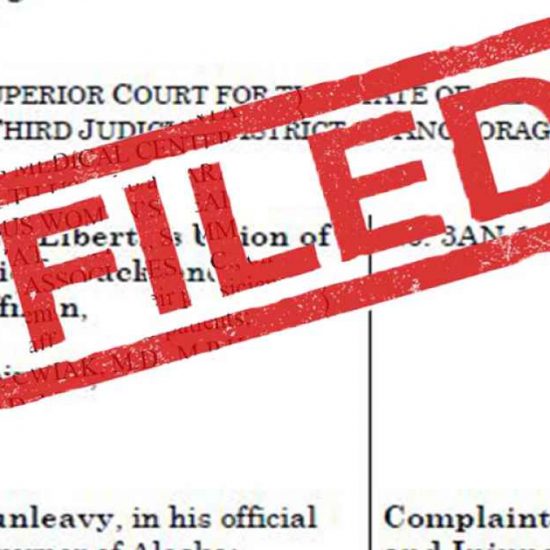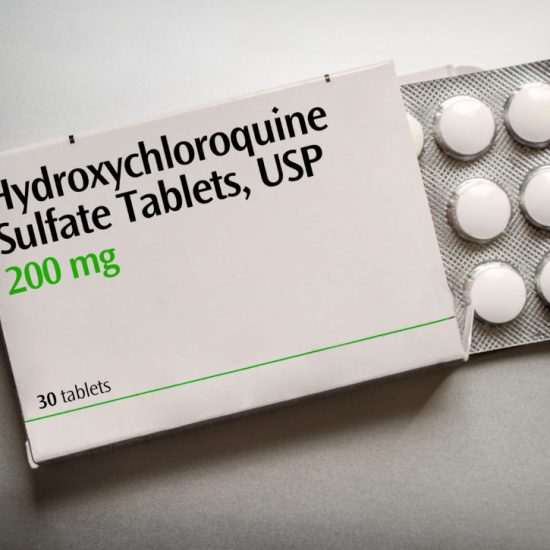
As of this writing (0900 Thursday, April 16, 2020), Alaska has the following Wuhan Flu (virus) cases:
- 9 deaths
- 34 hospitalizations
- 293 cases (as of 1200, April 15)
Source for these numbers is the ADN. At the same time, nearly 50,000 Alaskans filed for unemployment during the shutdown.
If you do the math, we here in Alaska have destroyed 5,555 jobs per every single death. We have destroyed 1,470 jobs for every single hospitalization. Nationally, we have sacrificed 916 jobs for every dead American (24,000 dead divided into 22 million who have filed for unemployment).
Clearly, from the perspective of job loss, we are well past the point where the cure is worse than the disease.
And the Governor and Mayor Berkowitz are busily writing new rules and regulations on what they deem is essential and what is not. The most recent epistle out of the State of Alaska with Governor Dunleavy’s, DHSS Commissioner Crum and Chief Medical Officer Zink’s names on it was last revised on April 10. Sections 5 (Food and Agriculture), 6 (Home Emergency and Safety), and 7 (Fishing) clearly state exemptions to closure orders. They can be found at the previous link.
If you read those three sections, Mayor Berkowitz’ closure of sporting goods stores (all sell food, firearms, ammunition and fishing gear) clearly violate this order. Perhaps the State ought to do something about it.
Further, ADF&G published a clarification aimed at sport fishing on April 13. It lists the following mandates:
Although travel between communities is prohibited under the issued health mandates, the public may still travel to fishing locations. When traveling to participate in sport or personal use fisheries that occur outside of their communities of residence, the public must follow these guidelines:
- Conduct your fishing activities as close to your home residence as possible;
- Local mandates may be authorized under Public Health Mandate 012. Find out local mandates in communities through which you plan to travel and abide by them;
- Totally provision your trip from your community of origin. Don’t plan on buying food, drinks or even fuel (if possible) after you begin your trip and until you return home;
Somehow, I don’t think a lot of sport fishing Alaskans are going to abide by these.
Perhaps it is time to revisit precisely why we have been doing all this to ourselves over the last month. There is one reason and one reason only, that is to “flatten the curve.” Why was that important? So as to not overload the existing medical care system, essentially emergency rooms and intensive care units.
The problem with this is that Wuhan is a respiratory flu. So far, there is no vaccine, and there will be no vaccine for some time, if ever. Note that the common cold is due to 3-4 Corona viruses and while we’ve been working on vaccines for the common cold for over half a century, none exists so far. OTOH, there are treatments, many of them pretty good.
What happens when you flatten the curve of a respiratory disease is you slow down the spread of the disease for a time. But the total number of those infected hardly ever changes. In other words, the area under the curve remains relatively static. In the case of Wuhan, this means that once people go back to work, there will be an inevitable resurgence of the virus. All the current mitigation efforts have done is slow that down a bit.
There is good news to all this. And that is apparently Wuhan or something very close to it was running around in the US for months before the outbreak in the US in February. This comes from phlebotomists in Chicago who report a 30-50% incidence in Wuhan antibodies in blood samples. A similar thing may have taken place in California, explaining their anomalously low numbers of infected. We might even have the same thing going on here in Anchorage, based entirely on the large numbers of Chinese passing in town until the end of January.
The only way to make sure is to start testing for Wuhan antibodies, something missing from Dr Zink’s analysis as she busily writes new emergency orders, determining what is essential and what is not.
The only way we get through this is to increase herd immunity to Wuhan, quickly infect as many as possible so that the bodies can build immunity. Economic lockdowns stay at home and hunker down orders do little except extend the pain and string out how long this takes. They also remove from us the liberty to make our own decisions for ourselves and loved ones. They are a one size fits all solution, and a wrong and highly destructive one at that.
Final point is the value of a human life. As of 2012, OMB determined it was valued around $8 million. Obviously, that is a variable number depending on your point of view ranging from near infinity for ourselves and loved ones to a very tiny number for a homeless druggie on Campbell Creek. But using the number for sake of an argument, total loss of life nationwide is in the vicinity of $192 billion, yet congress just passed legislation over 11 times that amount aimed at correcting the economic damage caused by the shutdown. Here in Alaska, that number is $72 million. How many hundreds of millions to billions of dollars have we lost in economic activity due to the shutdown? Perhaps it is time for someone at the State to do that math.
From here (and every single member of my household is in a higher risk group for various reasons), it is time to stop this. Open things back up and get back to work. We solve Wuhan by building herd immunity. Antibody therapies and perhaps even a vaccine will come later. But until then, we have a drug cocktail that we know will beat the disease of those who show symptoms. And for those amused by continuing to play the game, choosing to stay home, masks and social distancing are always options, though shouldn’t be mandated.
Like I said earlier, we are well past the point where the cure is worse than the disease.
Alex Gimarc lives in Anchorage since retiring from the military in 1997. His interests include science and technology, environment, energy, economics, military affairs, fishing and disabilities policies. His weekly column “Interesting Items” is a summary of news stories with substantive Alaska-themed topics. He was a small business owner and Information Technology professional.











